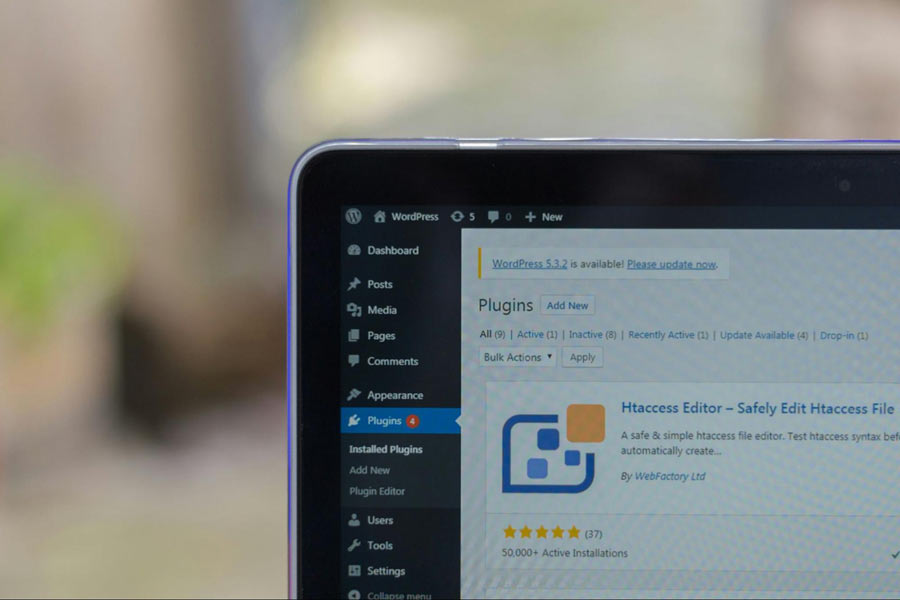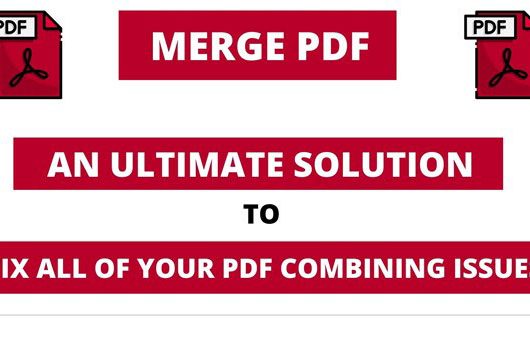In today’s world, it’s super important for religious groups to have a solid online presence.
No matter if you’re a small-town church, a worldwide ministry, a Christian charity, or a faith-based school, your website is usually the first thing people see, so it’s super important to make a good impression.
WordPress is a super flexible and easy-to-use CMS that’s great for making a site that shows off your mission, gets your message across, and gets people to do what you want.
This piece takes you through the steps of creating a WordPress site that’s not only engaging and useful but also rooted in faith, with tips on planning your content, design tips, and where to snag some free Christian images to spice up your site.
1. Define Your Mission and Objectives
Before you start setting up your WordPress theme and plugins, figure out what your site’s main purpose is. Ask yourself:.
Are you mostly just trying to share sermons and spiritual stuff?
Are we trying to recruit new folks or just get the existing team more engaged?
Gotta ask if we need to collect cash or spread the word about upcoming stuff.
Having a clear mission helps inform design and content decisions, so your site not only looks great, but works with your organizational objectives.
2. Select Proper Hosting and Domain Name
Picking a solid hosting provider is key to making sure your site runs smooth, stays safe, and is easy to get to. Managed WordPress hosting plans such as SiteGround, Bluehost, or WP Engine are good options for non-technical users, with simple installation, support, and automated updates.
Your website’s name should be easy to remember, short, and if it’s about faith, throw in a faith word (like gracechurch.)
3. Choose an Inspiring WordPress Theme
A theme sets the visual tone for your site. Look for themes that are:
- Responsive (mobile-friendly)
- Lightweight and fast-loading
- Customizable without requiring coding knowledge
- Designed for churches or nonprofits
Some great theme options for faith-based sites include:
- Astra (with church templates)
- OceanWP
- Saved by ChurchThemes.com
- Faith by WPZoom
Choose a theme that supports easy navigation, prominent calls to action (like “Join Us” or “Give Now”), and integrates well with tools you plan to use (like sermon libraries or event calendars).
4. Use Powerful Plugins for Functionality
Employ Powerful Plugins for Functionality WordPress plugins add cool features to your website for religious groups, these plugins are super handy:
Sermon Manager: Upload and sort sermons by who gave them, what series they’re part of, what they’re about, or which book they’re from.
GiveWP: Your website lets you give money easily with forms you can tweak to your liking
The Events Calendar: Promotes upcoming services, events, or fundraisers.
Mailchimp for WordPress: Grows your email list and sends newsletters.
WPForms: Collect prayer requests, volunteer signups, or contact inquiries.
Keep your plugins up to date and install only what you really need to keep your site running smoothly
5. Tell Your Story with Authentic Content
Your website’s gotta show what your org’s all about, you know. It’s gotta feel like it’s coming straight from the heart.
Make sure the content is cool, teaches stuff, and keeps people hooked on key pages you can’t miss:
Home Page: Welcome message:Hey there. We’re super excited to have you on board.
About Page: Describe your history, values, leadership team, and community impact.
Sermons/Resources: After listening to or watching sermons, devotionals, or Bible study guides, what’s next.
Events: Let everyone know about the new stuff coming up, like retreats or community stuffGet Involved: Invite volunteering, small group participation, or missions.
Donate: Give supporters a safe, hassle-free way to donate online
6. Enrich Visuals with Quality Images and Media.
Visual storytelling is a powerful way to make your audience feel something. Use top-notch photos that show your faith-based values like church events, helping others, family prayers, and symbols that represent your mission.
If you wanna keep your site looking pro without spending a fortune, check out free online sites for free christian stock images.
The collections have a bunch of different images you can use for banners, blog headers, social media, or as backgrounds on your pages. Using free Christian images in your design makes it look better and keeps your message the same all over your stuff.
Throw in some videos too, like sermon snippets, people’s stories, or peeks behind the scenes of your ministry work. Adding stuff like tunes or inspiring clips can totally amp up the vibe and make it way more engaging just make sure it’s all legal and doesn’t cost you a dime.
7. Make It Easy to Navigate
Users should find it super easy to find what they need without any hassle it’s super important to have a well-organized site menu Put pages with similar stuff under clear categories like “About Us,” “Ministries,” “Events,” “Sermons,” “Give,” and use things like breadcrumbs, sidebar widgets, and footer menus to help people find their way having a search bar on content-heavy sites is super useful, you know. It helps users find what they’re looking for quicker.
8. Optimize for Mobile and SEO
Most folks are hitting up websites on their phones, so make sure your site works well on any screen size Check out Google’s Mobile-Friendly Test to see how your site does on mobile.
For search engine optimization (SEO):
- Use keywords like “Christian church in [city]” or “Bible study group” to make your content more search-friendly. Write insightful meta titles and descriptions per page.
- Optimize image file names and use alt text.
- Make internal links between related posts or pages.
These SEO basics help your site pop up when people are looking for spiritual guidance, community vibes, or local events
9. Update Content Regularly
An old website can look kinda outdated and not so great when you first visit it. Update from time to time.
- Sermons or devotionals
- Event calendars
- Newsletters or announcements
- Blog posts or pastor’s messages
It’s a good idea to have someone on your team or a volunteer handle the content calendar, so you’re always in the loop
10. Create Community and Connection
Faith- Websites can be super friendly and get people to chat and interact using these cool tricks:
- Contact forms or live chat.
- Comment-enabled blogs for discussion of spiritual things.
- Email signups for devotionals, newsletters, or event reminders.
When it comes to interaction, folks are more likely to come back and stick around if they feel like they’re being listened to and seen.
Conclusion
Designing a motivational WordPress website for your religious organization is not just about looks, it’s about creating a virtual space where people can connect, grow, give, and be transformed.
If you’ve got the right stuff, the right vibe, and the right drive, your website can totally be a beacon of positivity, support, and connection online.











